RTXPIX
TPF Noob!
- Joined
- Dec 25, 2007
- Messages
- 34
- Reaction score
- 0
- Location
- Rockwall, TX
- Can others edit my Photos
- Photos NOT OK to edit
I have a P&S camera and want to take some pics of a thunderstorm, what is the best setting to use? My camera does have aperature and shutter priorty.



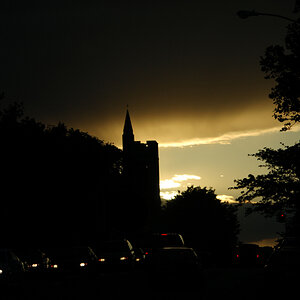
![[No title]](/data/xfmg/thumbnail/32/32157-d34c504b7ccf1335e959a8a2be6cfacc.jpg?1619735234)
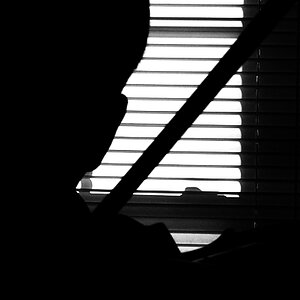
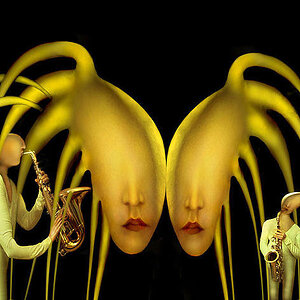
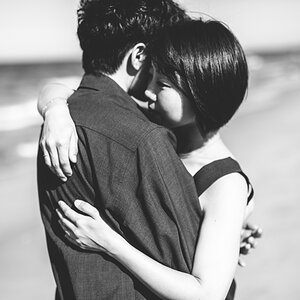

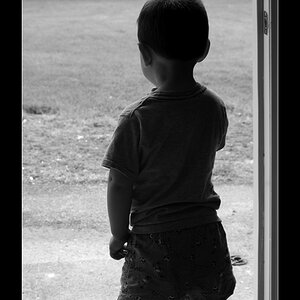
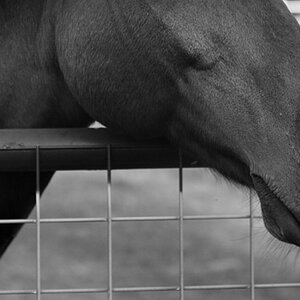
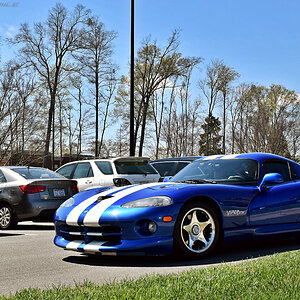
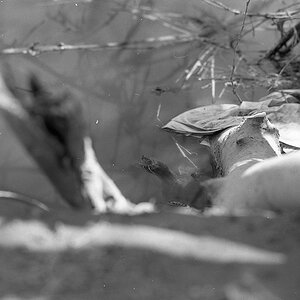
![[No title]](/data/xfmg/thumbnail/32/32161-a5da499a329f1fae945778aac75d4442.jpg?1619735234)